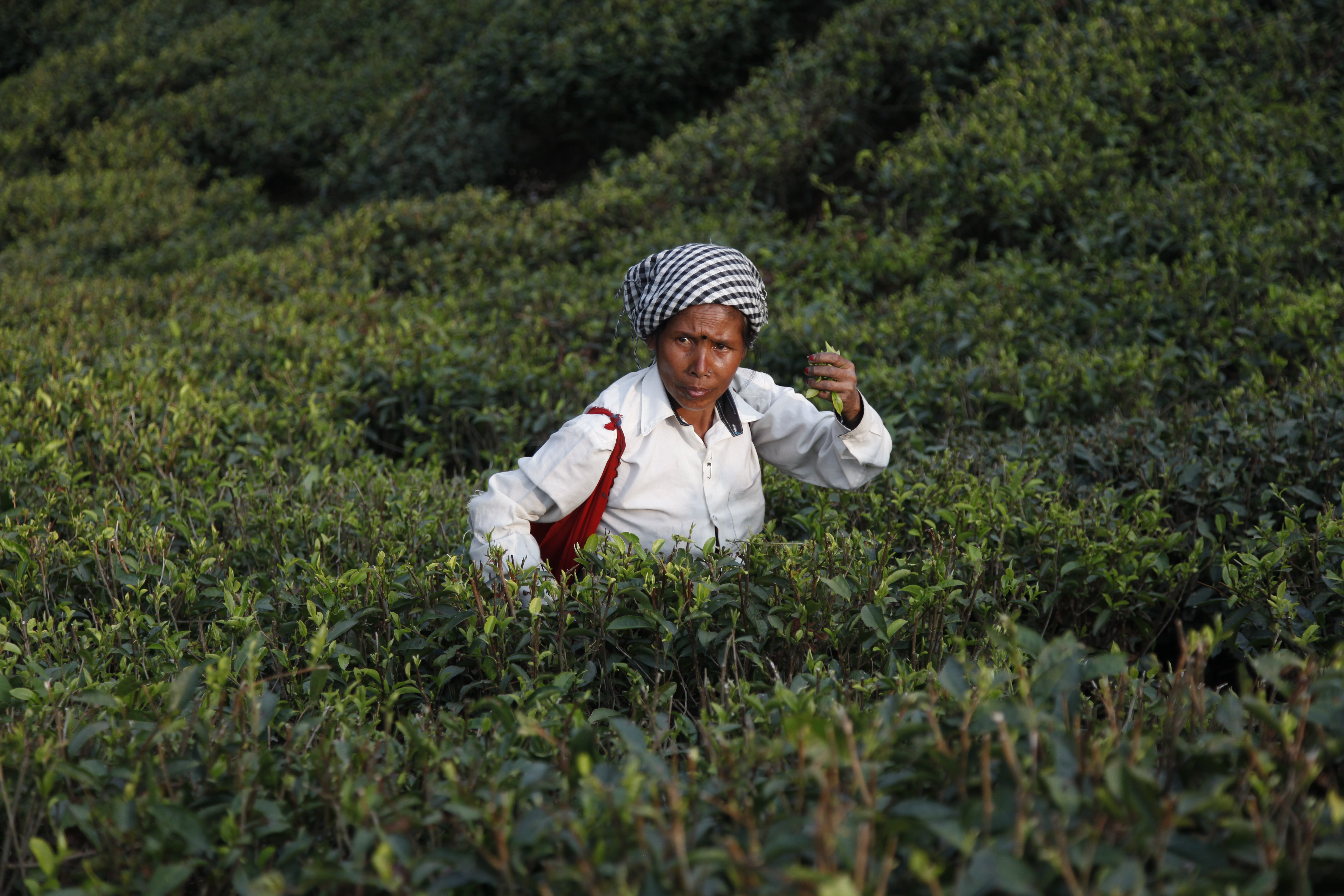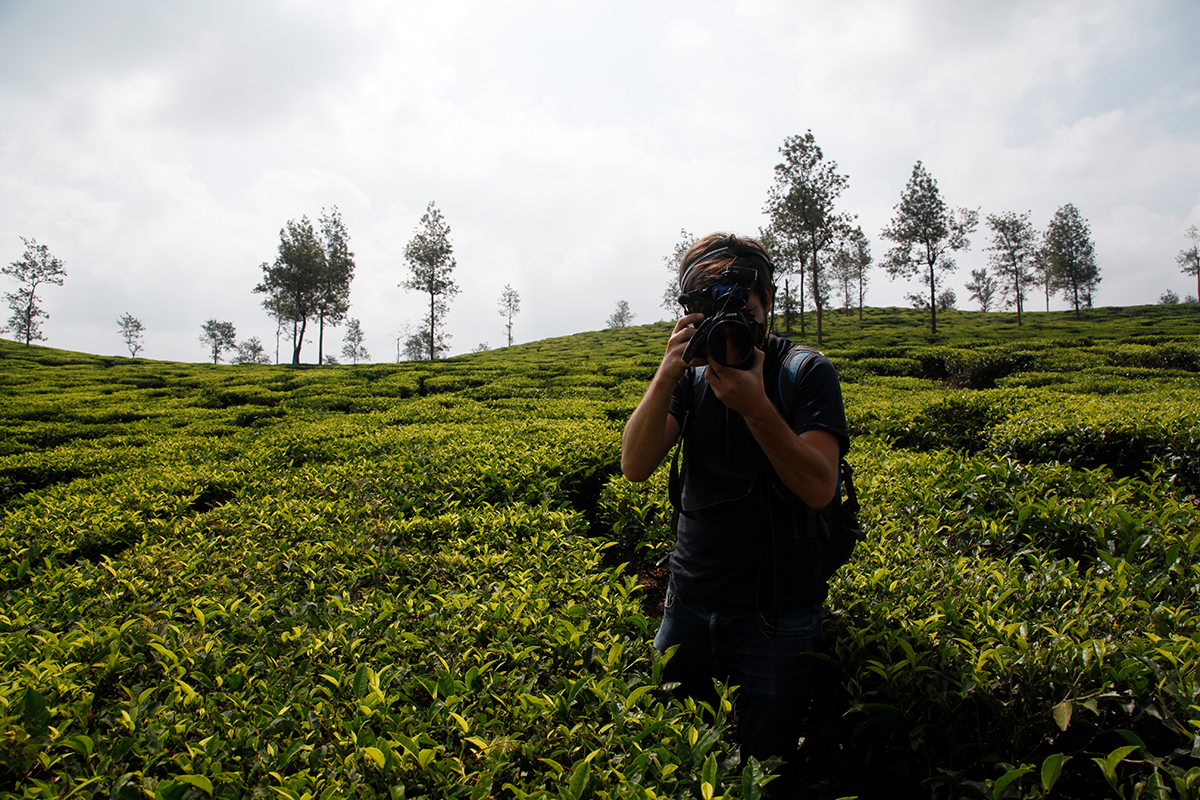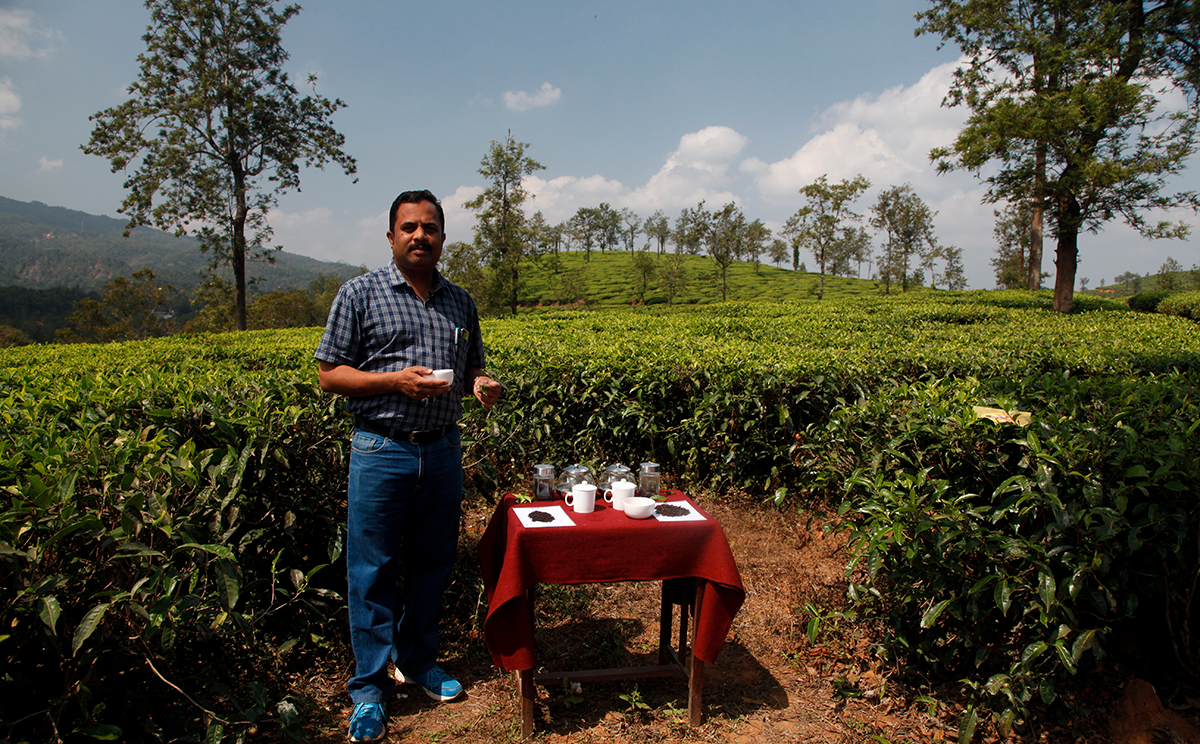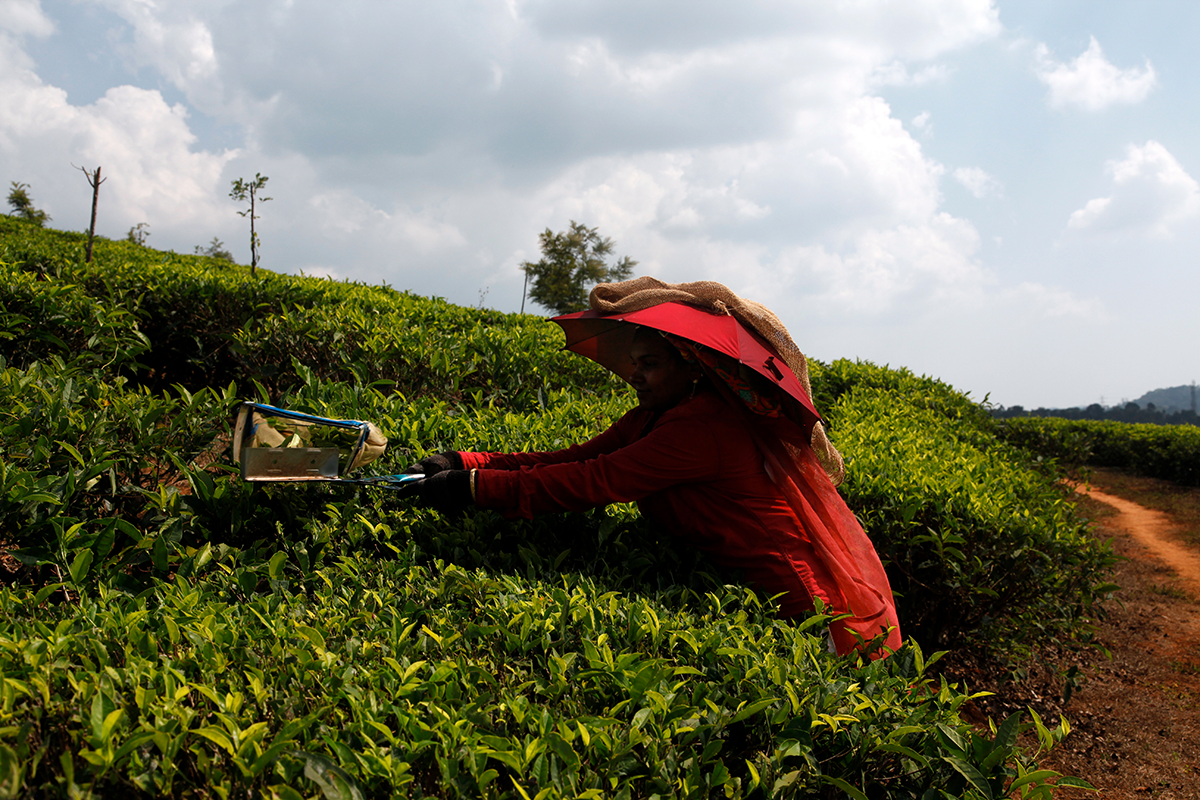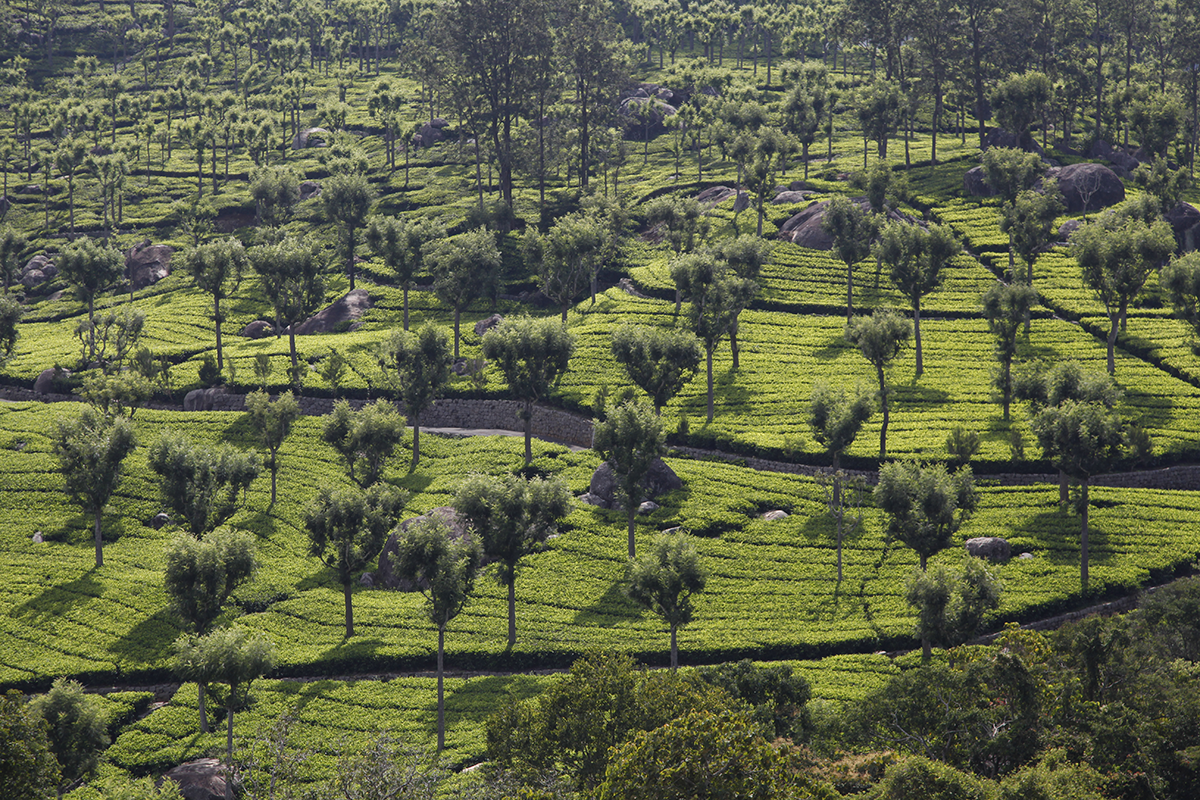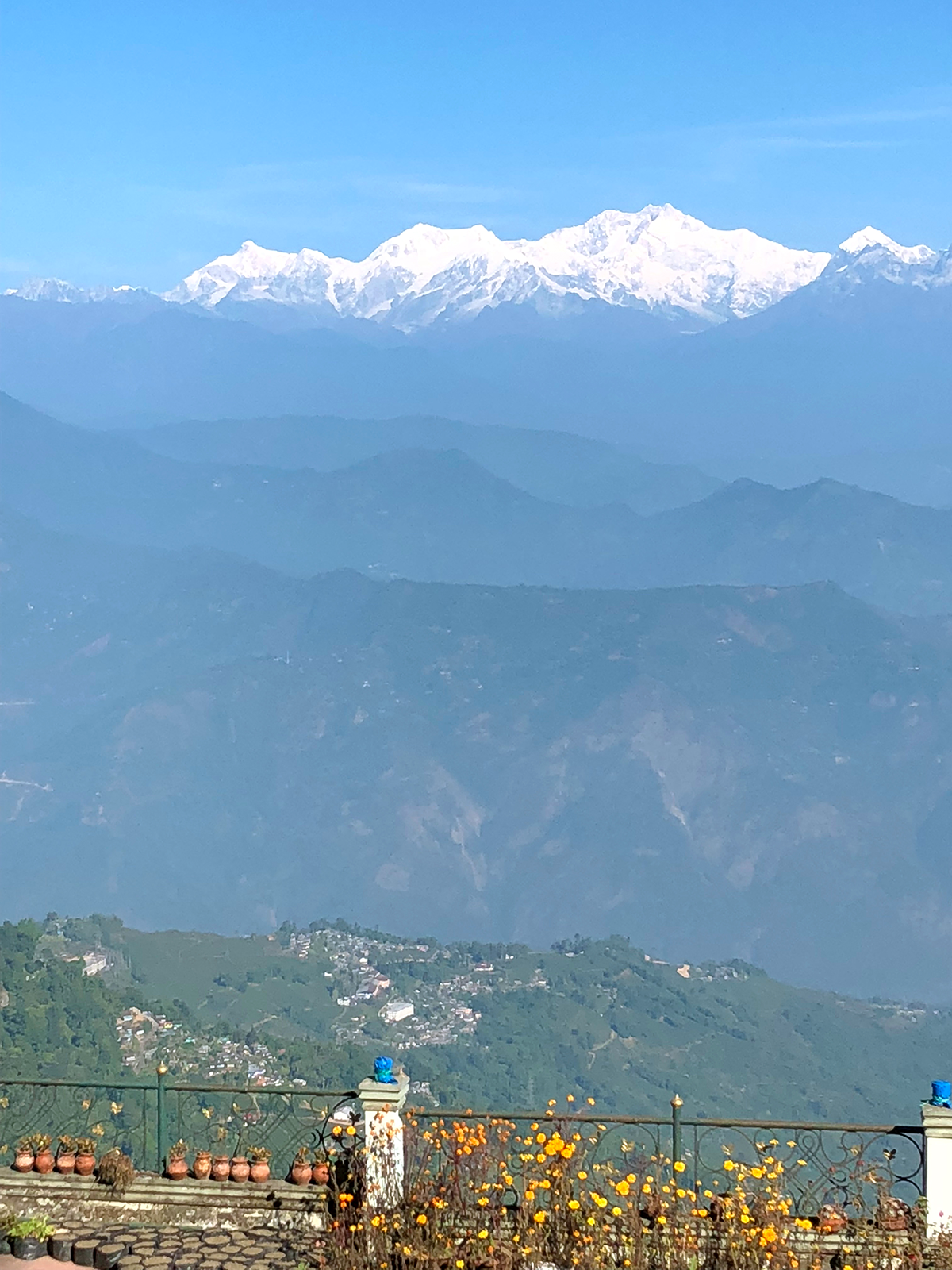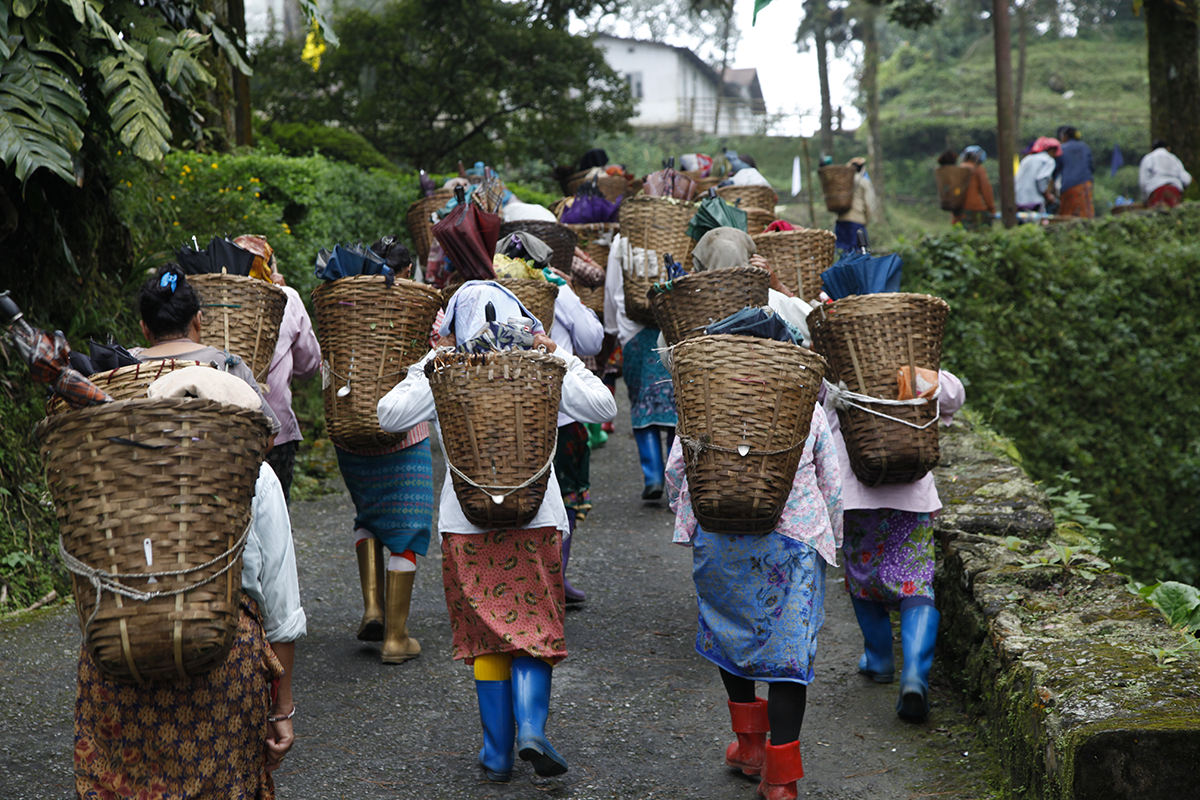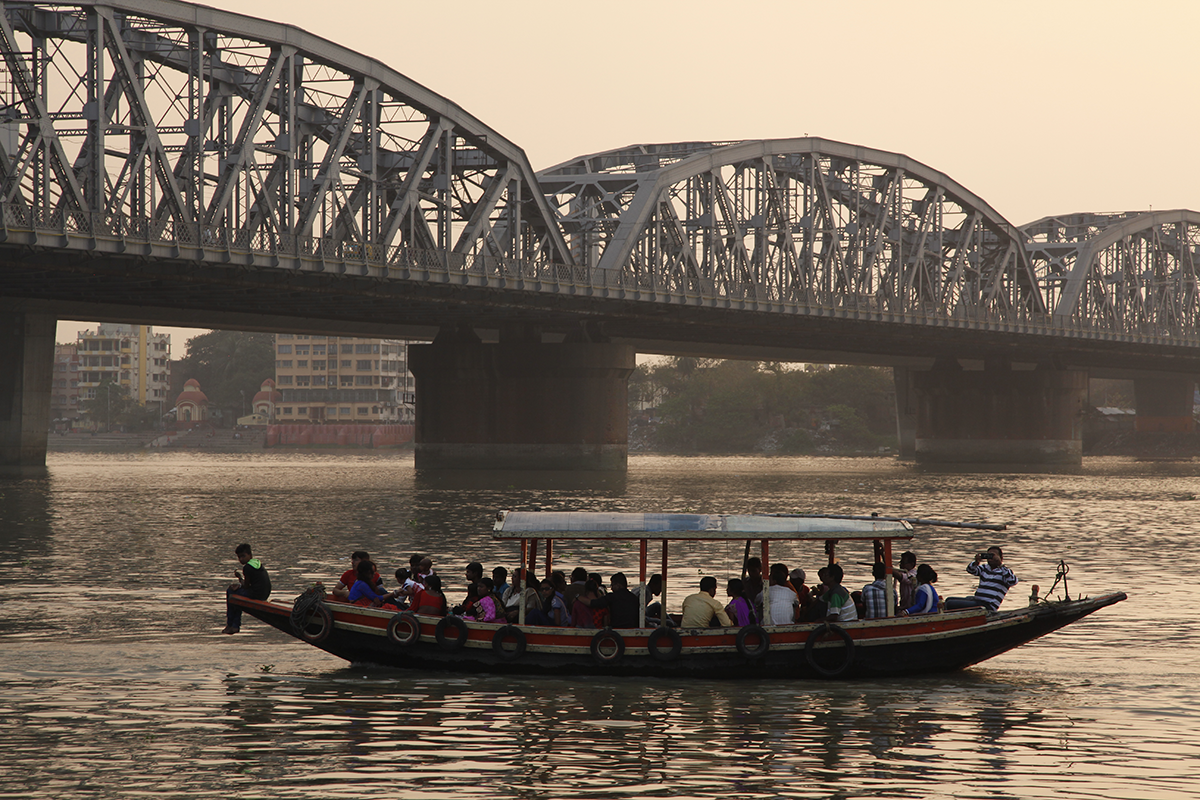First flush teas are often the best, as the year’s first harvest. With winter coming to a close, cold nights keep the plants growing slowly, which results in richer flavours. Every year, it is Darjeeling that opens the season, before Nepal, China, or Japan.
In March, I sometimes taste nearly a hundred teas a day, with each of the 87 tea estates in Darjeeling manufacturing very small batches—sometimes no more than 20 or 30 kilos. In this region, during the period when the highest quality of tea is produced, one day’s harvest is never mixed with the next. The result is a constant parade of very different tastings. Buyers snap up the very best batches in a matter of hours, at premium prices, which is why it is so important to know every producer and maintain the best possible relationship with each of them.

